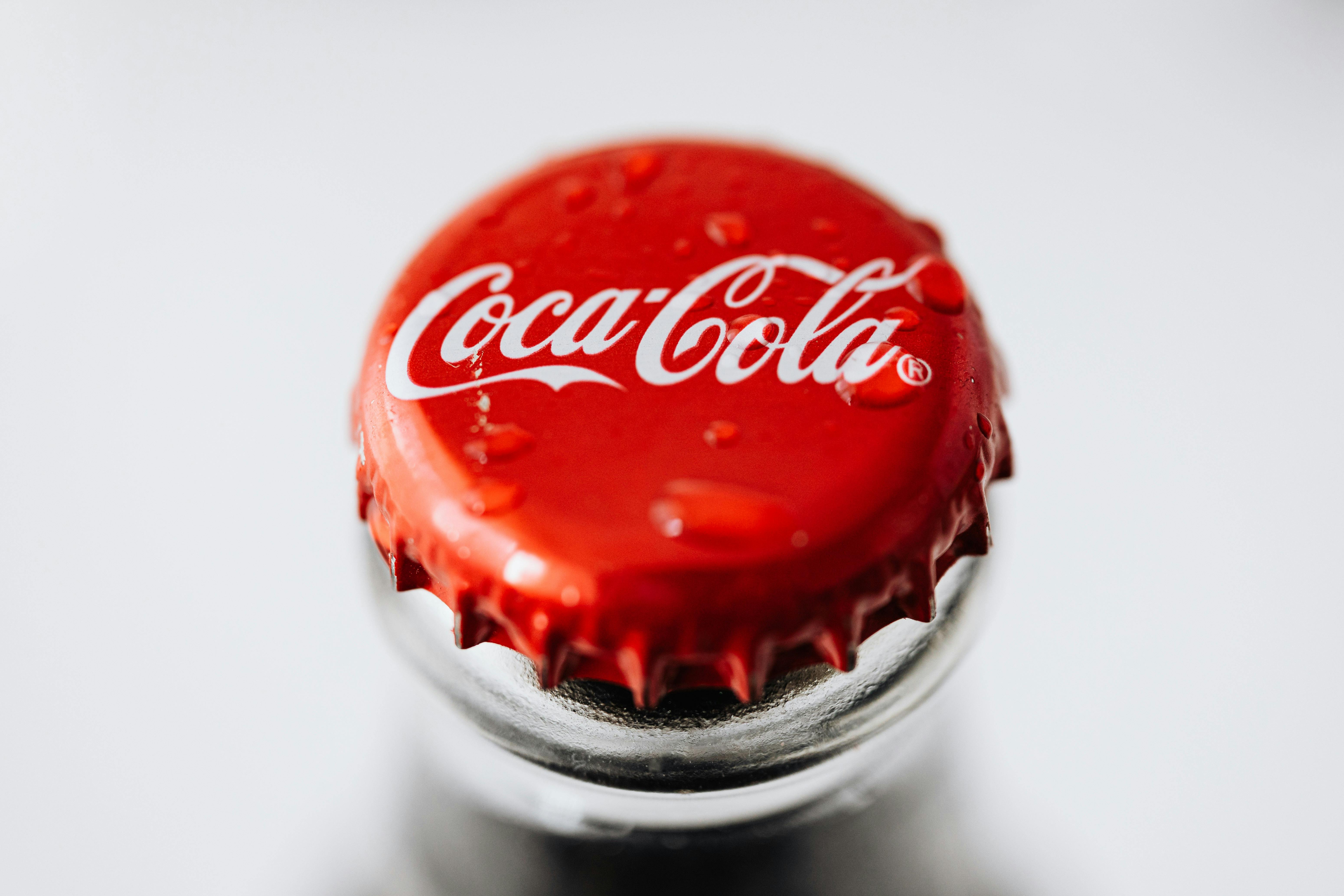Distilled water and sterile water are different types of water that are used for different purposes. Distilled water is created through the process of distillation, which removes impurities from drinking water. Sterile water is purified to an even higher degree than distilled water, and is free from bacteria, viruses, and other living organisms. Both distilled and sterile waters can be used for various medical applications, but it is important to understand the differences between them in order to choose the right type of water for a particular purpose.Distilled water is a type of purified water that has had both impurities and minerals removed through a process of distillation. In this process, water is boiled and then condensed back into liquid form. As it cools, the impurities and minerals are left behind, leaving only clean, pure water. Distilled water is often used for medical and laboratory purposes as it is free from contaminants that can interfere with experiments.
What is Sterile Water?
Sterile water is a type of water that has been filtered and processed to remove all contaminants, bacteria, and other microorganisms. It is used in medical and laboratory settings to ensure that any products or objects that come into contact with it are free of any potential pathogens or microorganisms. Sterile water is also used in the food industry to prevent contamination of food products. It can also be used to sterilize instruments and tools used in medical procedures. Sterile water is essential for many medical procedures, as it helps to reduce the risk of infection and prevent the spread of disease. It can also help reduce the spread of infections between patients while maintaining a sterile environment.
Sterile water is typically produced by passing regular tap or distilled water through a series of filters designed to remove microscopic particles, bacteria, and other contaminants from the liquid. The filters are made up of layers of material such as activated charcoal, sand, diatomaceous earth, or other materials that are effective at trapping and removing harmful microorganisms from the water. Once filtered, the sterile water must be stored in special containers designed to maintain its sterility until it is used
Distilled Water and Sterile Water
Distilled water and sterile water are both types of purified water, but they are not the same. Distilled water is created by boiling water and condensing the steam back into a liquid state. This process removes minerals and other impurities from the water, making it safe to drink. Sterile water, on the other hand, is purified through filtration processes that remove bacteria and other microorganisms from the water. Both types of purified water are free of chemicals, toxins, and metals.
The main difference between distilled and sterile water is that sterile water has been specifically treated to remove all living organisms such as bacteria or viruses. This makes it ideal for medical purposes where contamination must be avoided at all costs. Distilled water does not have this extra step of purification, so it may contain trace amounts of living organisms.
Both distilled and sterile waters can be used for many general purposes such as drinking or cleaning surfaces. However, sterile water is best suited for medical applications such as wound care or eye drops due to its added level of purification. Distilled water can also be used for many other
Distilled Water vs. Sterile Water
When it comes to water purification, there are two main types of water that are commonly used: distilled water and sterile water. Both of these types of water have different uses and benefits, and it is important to understand the differences between them in order to make an informed decision when it comes to choosing the right type of water for your needs.
Distilled water is made by boiling the liquid and collecting the steam that is produced. This process removes impurities such as bacteria, minerals, and other contaminants from the water. Distilled water is often used for drinking, cooking, and cleaning because of its purity. It is also commonly used in medical settings because it does not contain any bacteria or other contaminants that could cause infection or illness.
Sterile water is also made by boiling the liquid but a filtration process is added to remove impurities such as bacteria and other contaminants from the water. Sterile water can be used for medical purposes such as injections, irrigations, wound care, and eye drops because it does not contain any bacteria or other contaminants that could cause infection or illness.
The main
Properties of Distilled Water
Distilled water is a type of purified water obtained through the distillation process. It is commonly used in a variety of applications, such as medical and laboratory settings. Distilled water has many unique properties that make it desirable for these uses. The most important properties include its lack of impurities, its neutrality, and its low conductivity.
Distilled water does not contain any impurities due to its purification process. This makes it ideal for medical and laboratory use, as it has no contaminants that could interfere with delicate experiments or treatments. It is also free from calcium and magnesium carbonates, which are found in regular tap water and can cause problems with some lab procedures.
Another unique property of distilled water is its neutrality. Distilled water has a neutral pH level of 7, meaning that it has an equal balance between acidity and alkalinity. This makes it useful for many applications, including as a solvent for chemical reactions or for cleaning delicate electronic components without leaving any residue behind.
Finally, distilled water

Properties of Sterile Water
Sterile water is water that has been sterilized to remove any microorganisms, such as bacteria, viruses, or fungi. It is used in medical and laboratory settings to ensure that any samples or solutions used in experiments are free from contamination. Sterile water can also be used in the pharmaceutical industry for filling and diluting medications. In order for water to be considered sterile, it must be completely free of all living organisms. The process of sterilization involves boiling the water, using ultraviolet light, or filtering it with a membrane filter. Boiling is the most common method of sterilization because it is easy and inexpensive to do.
Sterile water has a number of uses in the medical field. It can be used to irrigate wounds and flush out debris or foreign objects from an injury site. It can also be used for eye irrigation and skin preparation before surgery or other medical procedures. Sterile water is also commonly used to dilute medications before they are administered intravenously. In addition, sterile water can be used for cleaning instruments and equipment in medical settings.
In the laboratory setting, sterile water is
Uses of Distilled Water
Distilled water is a type of purified, deionized water that has had most of its minerals and impurities removed. It is often used in commercial and industrial settings, as well as in medical and laboratory settings. Distilled water can also be used for drinking, cooking, and other household purposes. Some of the most common uses of distilled water include:
1. Drinking: Drinking distilled water is generally safe for most people, although some may find it to have an unpleasant taste due to the lack of minerals. Additionally, distilled water can help to reduce the risk of potentially harmful contaminants that may be found in tap or well water.
2. Cooking: Distilled water can be used for cooking as it does not contain any minerals or chemicals that could alter the flavor or texture of food. Additionally, it can help to keep foods from spoiling since it does not contain bacteria or other microorganisms that could lead to spoilage.
3. Household Cleaning: Distilled water is often used for cleaning surfaces around the home since it does not contain any imp
Uses of Sterile Water
Sterile water is water that has been treated to remove all living organisms, including bacteria, viruses, fungi and spores. It is commonly used in medical and pharmaceutical applications as it reduces the risk of contamination. It is also used in laboratory settings to prepare solutions for experiments and tests. In addition, sterile water can be used for a variety of other purposes such as cleaning wounds, diluting medications and irrigating tissues. Here are some of the most common uses of sterile water:
1. Medical Procedures: Sterile water is often used in medical procedures such as wound care, catheterization and irrigation of tissues. It can also be used to clean instruments prior to surgery or other invasive medical procedures. This helps reduce the risk of infection.
2. Pharmaceutical Applications: Sterile water is frequently used in pharmaceutical applications such as preparing medications or diluting concentrated solutions. This ensures that all solutions are free from harmful microorganisms that could cause contamination.
3. Laboratory Settings: In laboratory settings, sterile water may be used to prepare solutions for experiments or tests, such

Conclusion
Distilled water and sterile water are two different types of water. Distilled water has been purified through the process of distillation, while sterile water is considered to be free of all living organisms. While both waters can be used for certain purposes, distilled water is the preferred choice for drinking due to its lack of contaminants and minerals. On the other hand, sterile water may be a better choice for medical use as it is free from bacteria and other microorganisms. In conclusion, it’s important to understand the differences between distilled and sterile water in order to make an informed decision when choosing between them.

